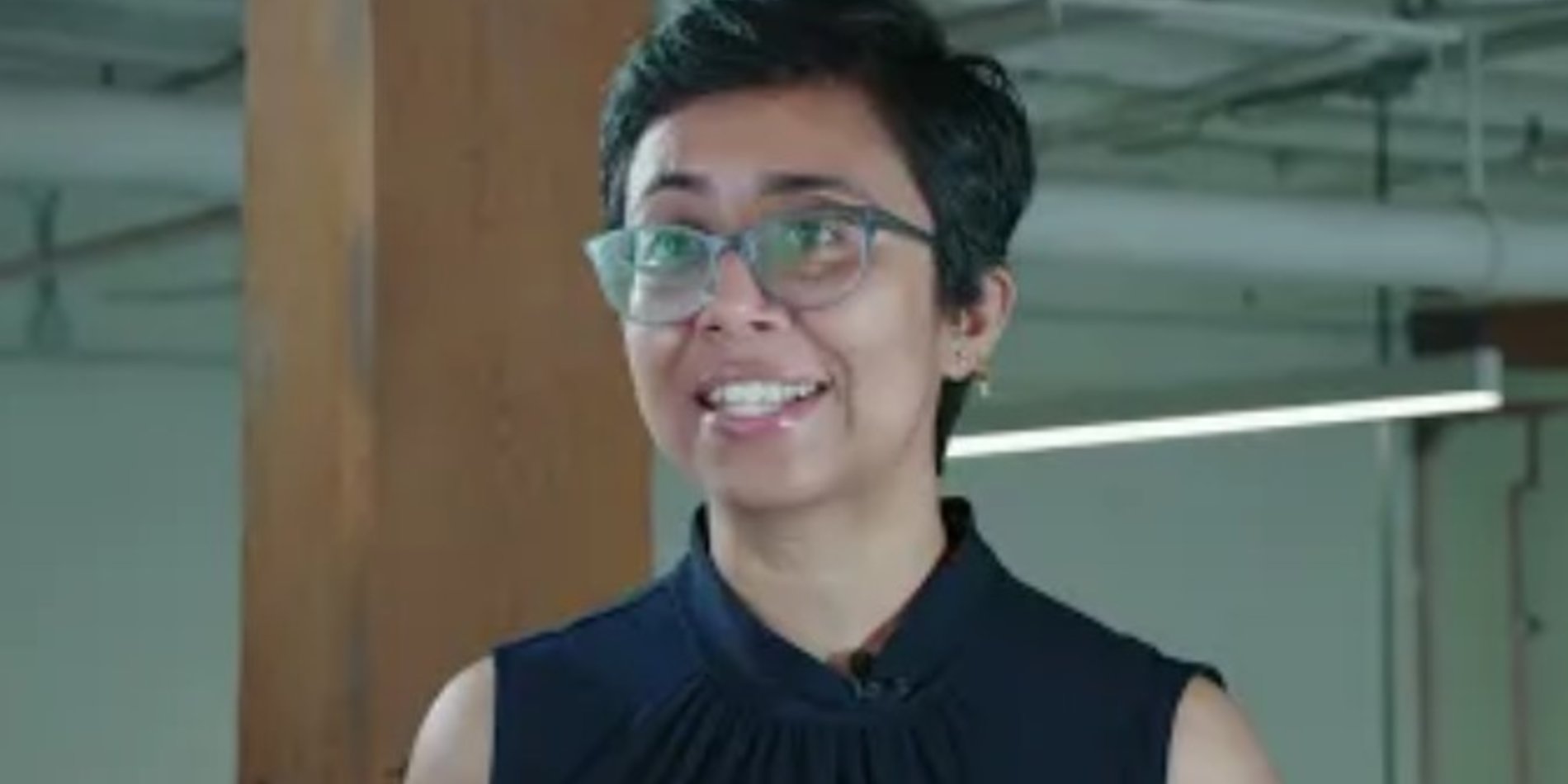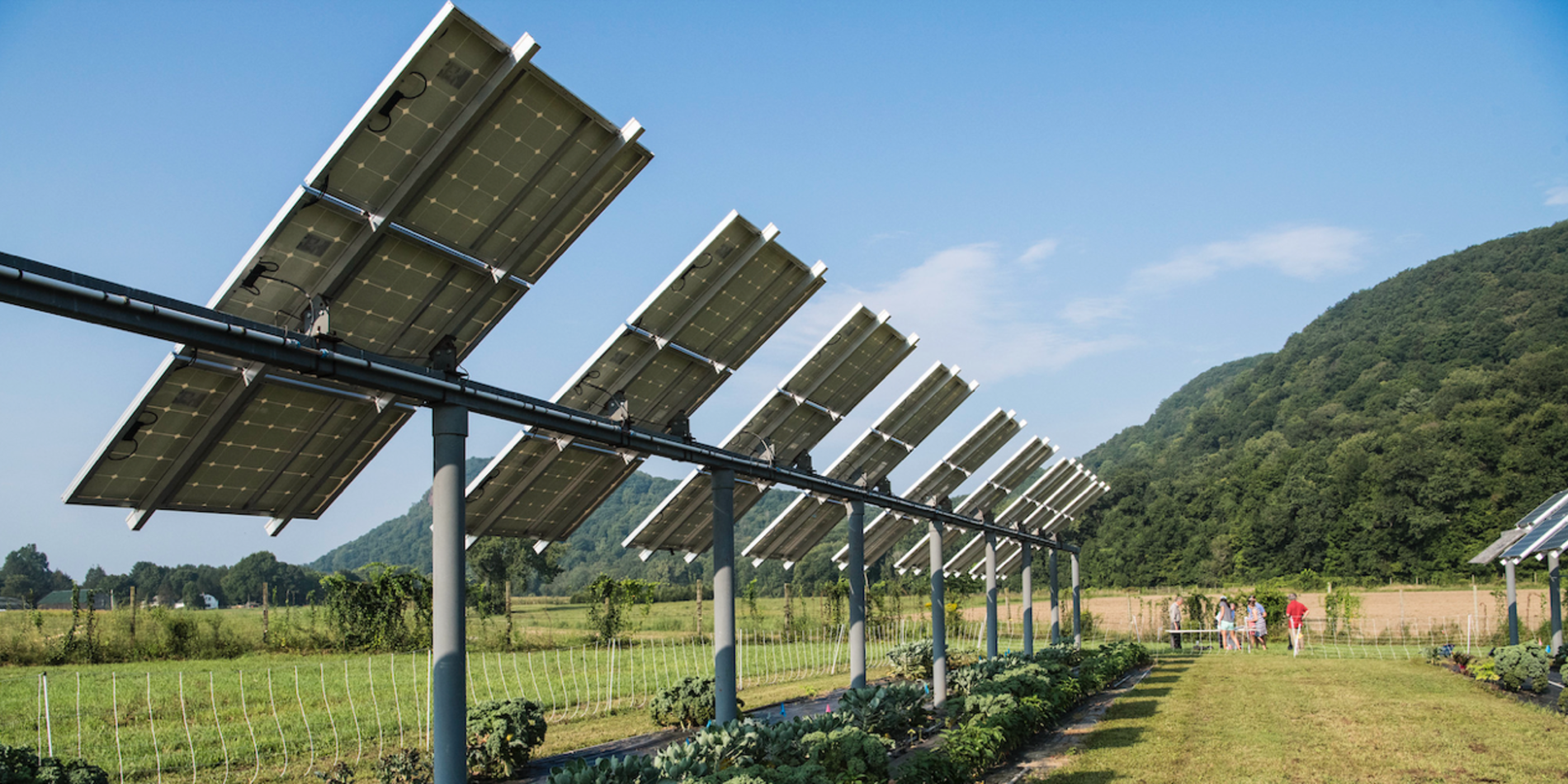Shining a Light on Synthetic Biology

In 1665, British natural philosopher Robert Hooke first improved the compound microscope and marveled at the tiny cellular universe that existed beneath his nose, coining the name “cells” for how their rectangular shape reminded him of rooms in a monastery.
Science has come a long way since then. We know today that cells are more than just the building blocks of life on Earth, cloistering away genetic material. Technologists have discovered ways to put these cells to work, opening up new possibilities. This growing field of synthetic biology uses complex biological systems, such as a cell, to solve problems in agriculture, medicine, and manufacturing.
“The cell is akin to an engineered system that can produce proteins at will,” says Associate Professor Jen Dionne of these advances. Using gene editing, a cell can churn out a vast array of different proteins, each with their own merits. “These proteins can be used as products such as sustainable lab-grown food, fuel, pharmaceuticals, even biocompatible plastics and packaging materials.”
There’s a catch, however. While many millions of proteins can be made, the tools for measuring proteins at this scale have lagged behind. In 2021, Dionne cofounded the startup Pumpkinseed, along with co-founders Dr. Jack Hu, PhD ’22, and Dr. Nhat Vu to address this need. Pumpkinseed is developing a high-throughput technology to rapidly quantify proteins and determine their hard-to-measure sequence and structure.
How does it work? “The trick is to sculpt light at the molecular scale,” she says.

At Stanford, Dionne’s lab has pioneered research in nanophotonics—developing new optical materials that sculpt light on the nanoscale to detect molecules and direct their transformations, with a goal of providing solutions for global health and sustainability. For example, her lab has developed fast, inexpensive biosensors that can detect dozens of bacteria, including their species, strain, and drug susceptibility.
On the surface, Pumpkinseed’s technology looks similar to a traditional semiconducting chip, built on standard 8- or 12-inch silicon wafers, but inside it is patterned with 3 million sensors per centimeter square. These sensor-dense chips can quantify far more proteins than previous methods.
To do this, the team relies on the unique pattern of light that scatters off of a molecule, providing a vibrational signature for each protein. “Together with our machine-learning algorithms, we’re able to identify the protein’s sequence and structure with this pattern,” explains co-founder Hu. “That gives us a fingerprint for what it is.”
Brick by bio-brick
DNA sequencing was first developed in the 1970s, and the Human Genome Project made strides in the late 1990s. That’s when scientists simplified the sequencing process by tagging the four bases of nucleotides with what are called fluorophores, sort of like matching a colored lightbulb to each base. If you could read out the color pattern, you knew the DNA sequence. By now, DNA sequencing happens at dizzying speeds.
When it comes to protein sequencing, though, the code-breaking is much more complicated. “It’s estimated that the number of possible combinations exceeds 1 million,” says Hu.
Instead of the four base pairs found in DNA, proteins are made up of 20 amino acids that can be configured in nearly endless ways. Add to this complexity what are known as post-translational modifications—small molecules like sugars that decorate the amino acid sequence and impact how a protein interacts with other molecules in the cell. This is why our genes are not our destiny, not always. The environment, diet, stress, strokes of good luck and bad all influence a cell, and subsequently its health—and ours.
But these protein variations can be arduous to compute.
To mimic the DNA fluorophores approach for protein sequencing would require thousands of different “light bulbs,” so to speak. Pumpkinseed’s approach is a side door that circumvents the issue altogether. Instead of chemistry, they scan molecules faster using a physics-based approach, with light waves—like a blacklight revealing secrets written in invisible ink. As a result, Pumpkinseed is poised to enable protein-sequencing instruments and tests that are at once higher-throughput and more accurate.
Currently, synthetic biologists can create cells with thousands to millions of different gene expression profiles, but the synthesized proteins can only be screened a few at a time. Often dozens of assays are required to quantify and identify the protein. A faster screening platform could allow bioengineers to speed up their search for made-to-order proteins, leading to the more efficient production of protein-based therapeutics, chemicals, fuels, and food.
Longer-term, scientists could use the technology to understand pathways in cells and optimize an organism’s immunity. For example, farmers might lessen the troublesome use of antibiotics and pesticides as preventative medicine if they had an inexpensive test to get a snapshot of the immunity of a flock, herd, or crop to a broad range of diseases. In other words, the technology could be useful in any circumstance where a quick analysis matters.
From science to scaling up
The Pumpkinseed team says their speedy progress is largely thanks to supporters at Stanford and in Silicon Valley. The technology also comes at an opportune time, as President Biden signed an Executive Order on Advancing Biotechnology and Biomanufacturing Innovation in fall 2022.
Dionne says the TomKat Center was “an incredible connector” between their academic team and prospective end-users. An Innovation Transfer Grant allowed them to research their target market, and the center’s intern program helped build out their concept and work flow, so that by the time Pumpkinseed was ready to pursue venture capital, these early proof points could pay dividends.
“There is no place like a university to do creative, foundational work, but it’s exciting to experience the speed and impact of the startup environment,” she says. “As a co-founder, I’m excited to bring this new technology to the sustainability toolkit.”
The venture is named Pumpkinseed after the most colorful freshwater fish in North America. The venture’s protein-detecting silicon chips have a shimmer reminiscent of the iridescent scales of this sleek sunfish (Lepomis gibbosus).
“We wanted our company name to reflect both personal and planetary health,” says Dionne.
This article is part of the TomKat Center Spotlight series designed to highlight the impact and trajectory of the work of faculty and students who received funding through our Innovation Transfer Program, TomKat Solutions, and Graduate Fellowships. Stanford University does not endorse any non-Stanford entities, programs, products, or services listed in the article.



